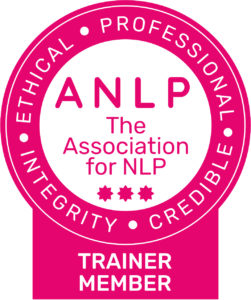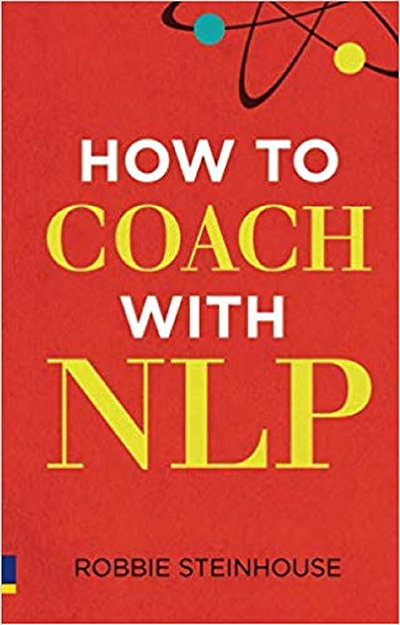How to Coach Emotions in Business

One area that seems frowned upon in business is the idea of emotion. Business is generally conducted in a rational and steady way, and people who are ‘too emotional’ are often considered unprofessional or worse.
However, it is also well known that when people repress their feelings totally, this can begin to have a negative impact on them as a whole in the long term – in both their private and business lives.
From the coaching perspective, when a client has been over-stressed for a considerable time, there is almost inevitably a ‘build up’ of emotions.
Often one senses that this might soon lead to some kind of outburst or express itself in a health issue.
What can one do?
There are two levels of helping.
The first is practical – teaching stress-relieving activities such as exercise and meditation. Often stressed people believe they ‘don’t have the time’ for such activities. The truth is precisely the reverse, and the coach needs to persist to get a commitment to schedule in these activities.
Some time off work could also be suggested, but again, the client will no doubt protest, and it may be harder to get a commitment here.
The second level is more philosophical and deals with beliefs around emotions. These are often polarized. Some people hold the view that complete control is required, the ‘cool as ice’ belief. That in business, one should never show any emotions.
This goes with the unhelpful belief that if you do allow any expression of emotion, then these emotions may quickly overwhelm you and you may lose control completely.
Sadly, this can become a self-fulfilling prophecy as your emotions will ultimately ‘fight back’ if they are not allowed any expression and may well produce an explosive reaction at the worst possible time.
The polar opposite of this is the belief that emotions always have to be let out and that to show control is inauthentic or false.
Find the middle ground
Where is the wise, middle line between these two extremes?
The concept of ‘boundaries’ is helpful here. It is often used to describe a form of appropriate assertiveness towards other people. You assert yourself, but the other person’s boundaries are respected.
For me the key is for the individual to apply the boundaries that he or she would respect in someone else, to boundaries within him or herself. You can explore with the client where these inner boundaries lie, and get them thinking about how they regard emotion as a result.
It’s helpful to remember that if you have boundaries that are too rigid, you don’t allow genuine connection or empathy. If your inner boundaries are too strong, you are not even able to connect to yourself, and you can never ultimately know what you want.
On the other hand, if you have very weak boundaries, both to others and yourself, you will be overwhelmed by the emotions which can be damaging and unnecessarily painful. When you have appropriate boundaries you connect and protect – the right balance.
The balanced view
In this state, emotion becomes the client’s friend and not a potential enemy, threatening to make them look ‘unprofessional’ or, in the worst case, overwhelm them.
In summary, the boundaries between you and another person are the same as the boundaries between you and yourself. And this is as true in life as it is in business.
Did you like this post?
Then check out our events and courses!
Register for our next FREE online event: Coaching Creativity
Where to find us
For posts, events, free open days and more, follow NLP School on:
What to read next
How to Use Team Coaching in Business
Everything You Need to Know to Practice Mindfulness in Ten Minutes










